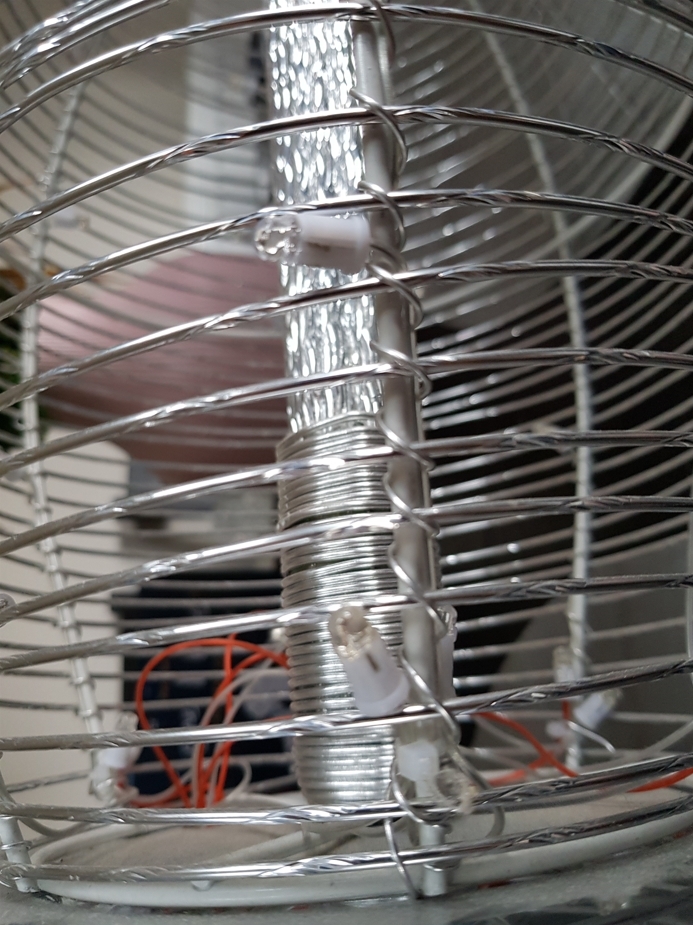Hello all,
Hoping one of you electrical wizzes can point me in the right direction.
My mother purchased a 120 LED lamp from The Range about 4 years ago and it has now given up the ghost. Looks like a bug shorted it (burn mark on back of pcb and blown fuse/resistor along with a fried fly!) and also has a swollen cap.
I have tinkered with Soldering and electronicas before (replaced fuses on a motherboard before) so am competent to do any soldering etc.. but just really looking for some guidance on which Driver board to get.
The Lamp has 120 LEDs that are RGB.
Please see attached the specs of the original driver board.
I've had a look online and can't really find another Driver board that matches the specs of the orignal going by the label. I've also tried searching the model, but google return no accurate results for this particular board.
This is one that i've found, which i believe may work:
https://www.ebay.co.uk/itm/164261730528
(48w one)
many thanks for all advice provided.
Hoping one of you electrical wizzes can point me in the right direction.
My mother purchased a 120 LED lamp from The Range about 4 years ago and it has now given up the ghost. Looks like a bug shorted it (burn mark on back of pcb and blown fuse/resistor along with a fried fly!) and also has a swollen cap.
I have tinkered with Soldering and electronicas before (replaced fuses on a motherboard before) so am competent to do any soldering etc.. but just really looking for some guidance on which Driver board to get.
The Lamp has 120 LEDs that are RGB.
Please see attached the specs of the original driver board.
I've had a look online and can't really find another Driver board that matches the specs of the orignal going by the label. I've also tried searching the model, but google return no accurate results for this particular board.
This is one that i've found, which i believe may work:
https://www.ebay.co.uk/itm/164261730528
(48w one)
many thanks for all advice provided.


































































